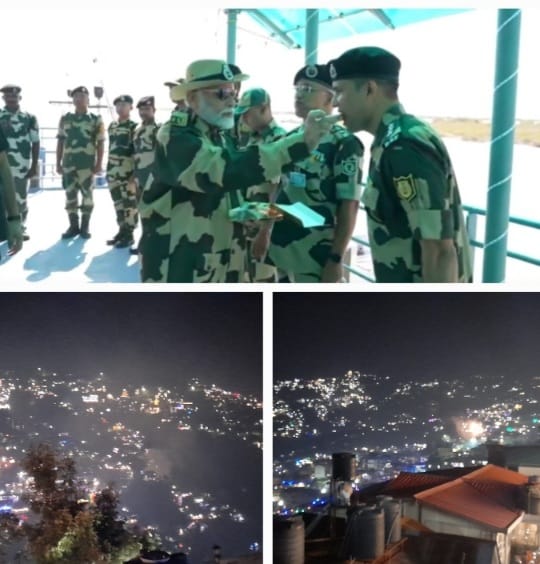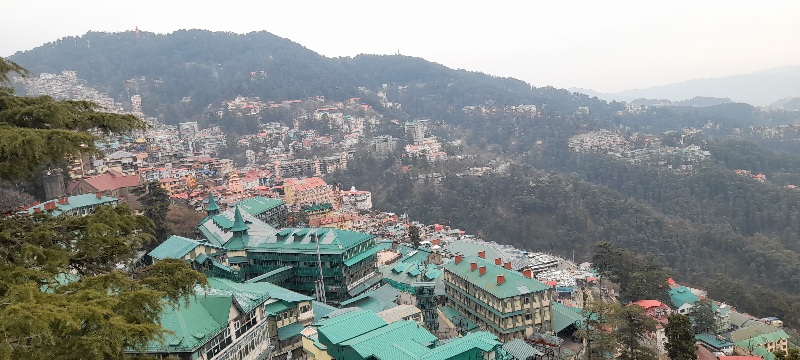SHIMLA: The usage of fire crackers during Diwali has sent the pollution level soaring in Skies over Shimla, Dharamshala, Sundernagar and other towns.
The latest data from the Himachal Pradesh State Pollution Control Board Ambient Air Quality Monitoring portal shows a varied impact of Diwali festivities on air quality across major locations like Shimla, Sundernagar, Parwanoo, Baddi-Barotiwala-Nalagarh (BBN), and other towns.
Notably, Baddi, the region’s industrial hub, saw only a marginal increase in pollution, potentially due to a pause in industrial activities during Diwali and the day following.
Shimla, Sundernagar, and Parwanoo registered AQI levels in the range of 130–140 on October 31 and November 1, putting these areas in the "unhealthy for sensitive groups" category.
Particularly concerning is Baddi, an industrial hub, where the AQI consistently hovers above 150, breaching safe levels for prolonged exposure.
The Himachal Pradesh Pollution Control Board advises residents to take precautions, including wearing masks and avoiding outdoor activities during high-pollution hours.
This seasonal trend of worsening air quality typically begins in late October, as colder weather traps pollutants closer to the ground.

With predictions showing continued poor air quality in the region, officials urge adherence to safety measures and support for clean-air initiatives to combat rising pollution levels, especially in heavily affected areas like Baddi and Parwanoo.
Dharamsala experienced one of the highest spikes, with its AQI jumping from 44 to 140 on Diwali day, highlighting the impact of firecrackers in an area usually celebrated for its clean air.
This pattern aligns with the limited industrial operations over the holiday, contrasting sharply with the increased AQI seen in the primarily residential or tourist-driven areas like Shimla and Dharamsala, where firecrackers were used extensively.
















